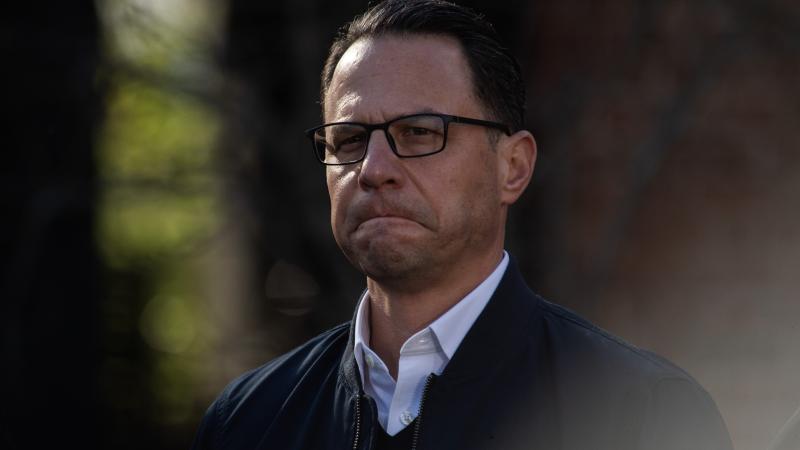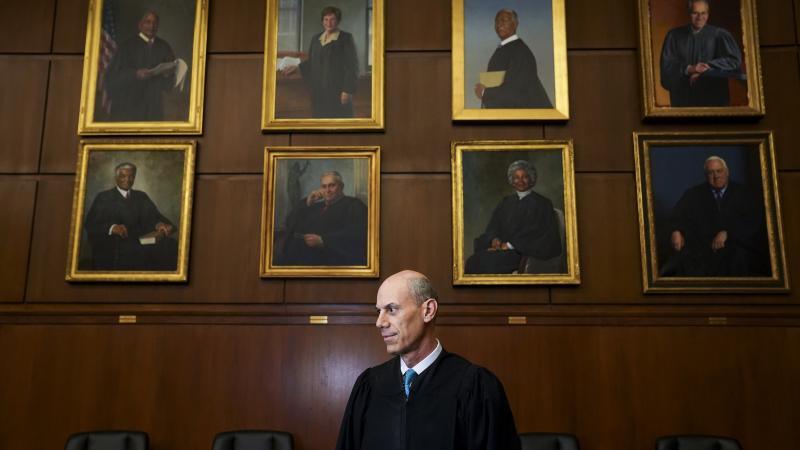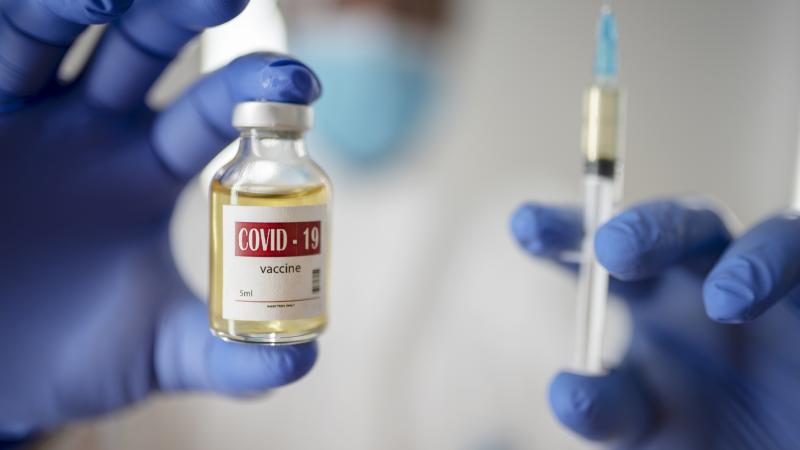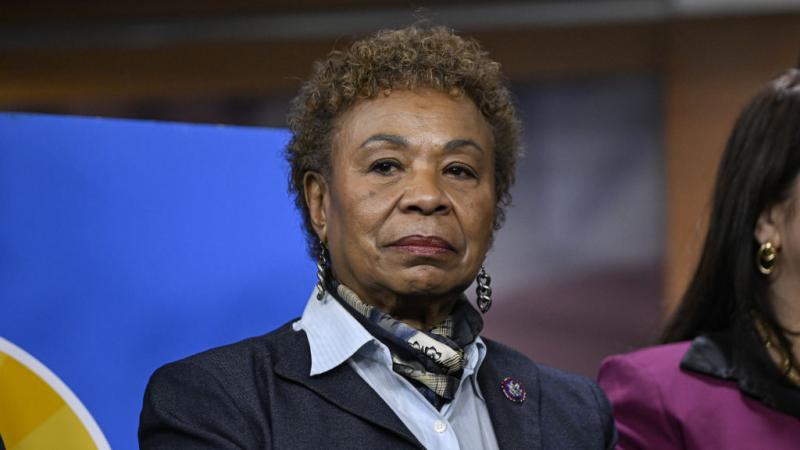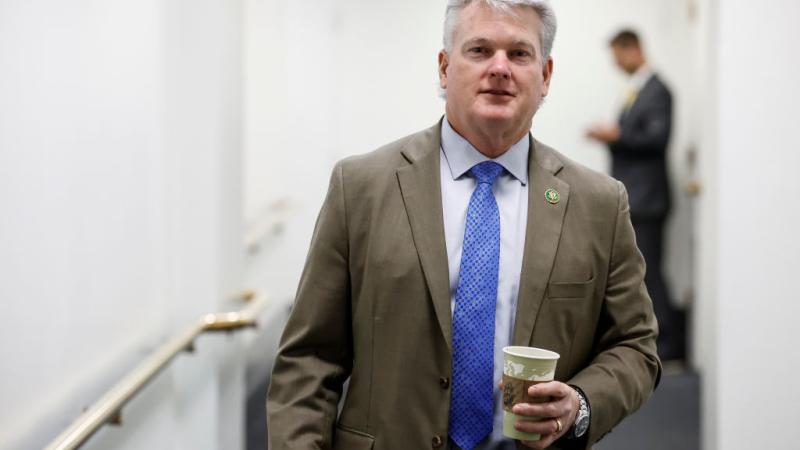Biodefense expert offers 8 ways to improve pandemic preparedness and response
Coronavirus “isn’t the one we’re worried about,” says biodefense expert Dr. Steven Hatfill. “The one we’re worried about has a 20% mortality rate.”
Coronavirus “isn’t the one we’re worried about,” biodefense expert Dr. Steven Hatfill says.
“The one we’re worried about has a 20% mortality rate.”
Hatfill, co-author of “Three Seconds Until Midnight,” adds that the United States hasn't done enough to prepare in what he calls “the age of epidemics and pandemics.” The COVID-19 death rate is widely estimated to be somewhere from one-tenth of one percent to one percent.
Dr. Hatfill is currently an adjunct assistant professor in the Department of Microbiology, Immunology, and Tropical Medicine in the Department of Clinical Research and Leadership at George Washington University and also a senior fellow at the London Center for Policy Analysis.
Here are eight recommendations from Hatfill for changes the U.S. should make to be better prepared for future pandemics:
1. The pandemic threat must be treated as a national security threat.
2. A robust, national pandemic plan should be rehearsed constantly.
3. A clearer chain of command should be established.
4. The military should be given a role in pandemic response and take the lead during outbreaks.
5. State roles should be minimized; they have proven they cannot be counted on to follow their preparedness responsibilities.
6. A strong pandemic warning system should be established.
7. A highly trained military special ops team should be developed and trained to obtain samples and coordinate response to outbreaks in uncooperative countries or places of conflict.
8. The Aeromedical Isolation Team of specialists should be revived. It can travel anywhere in the world and fly back infected patients under safe containment. (Funding for the specialty team was lost under sequestration mandated by Congress.)




